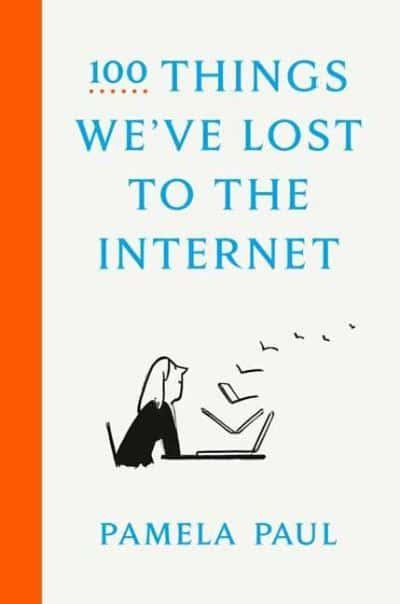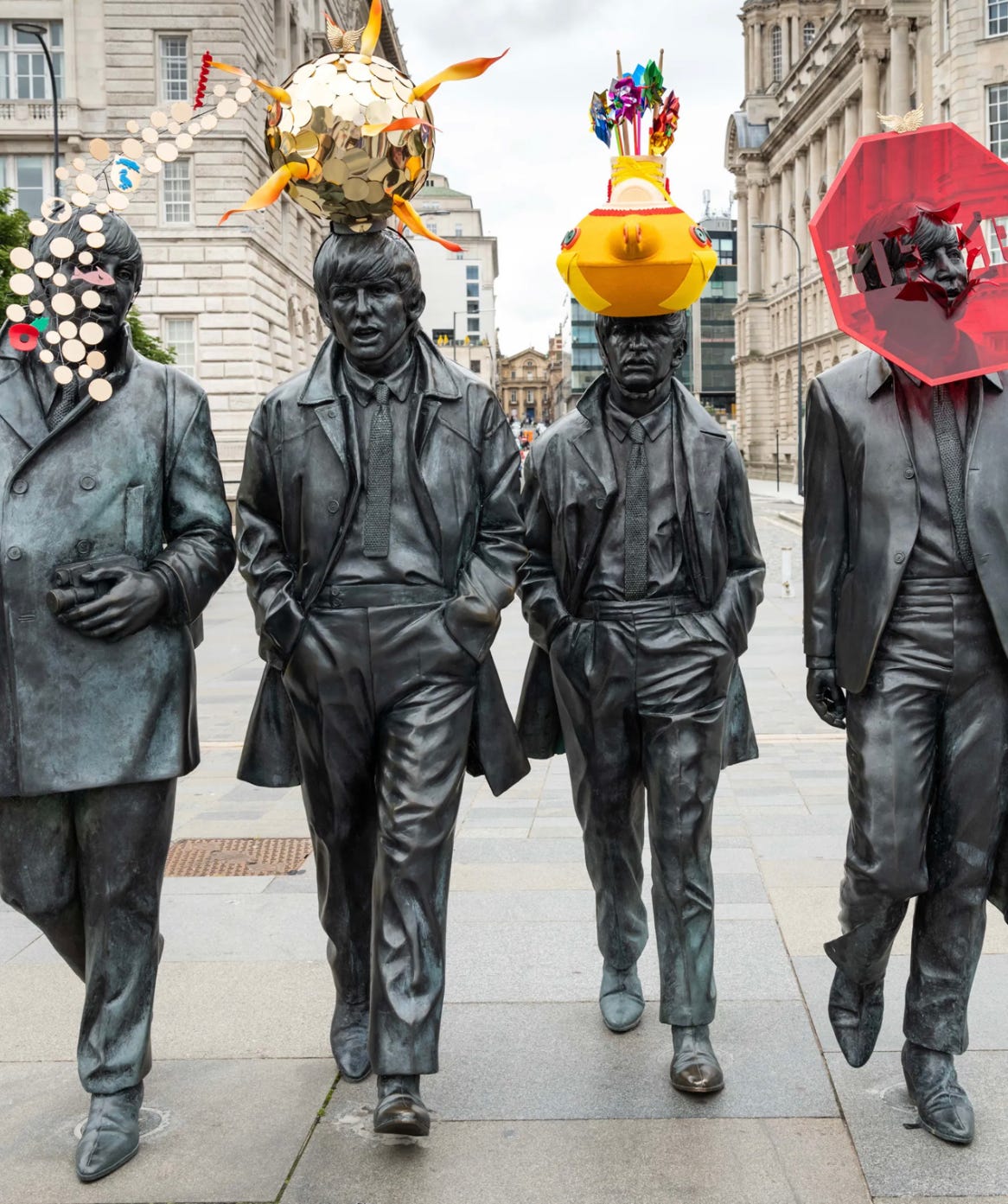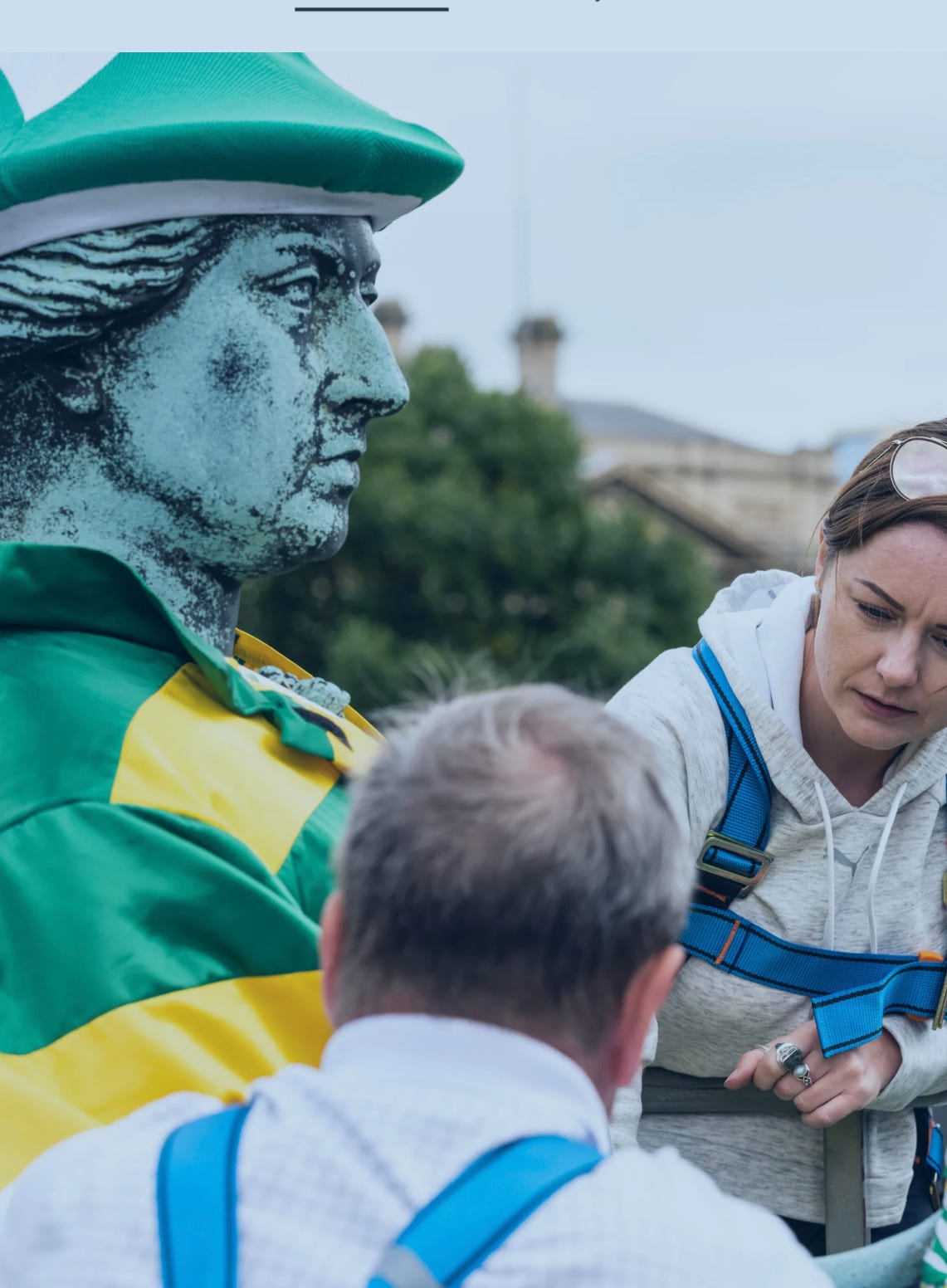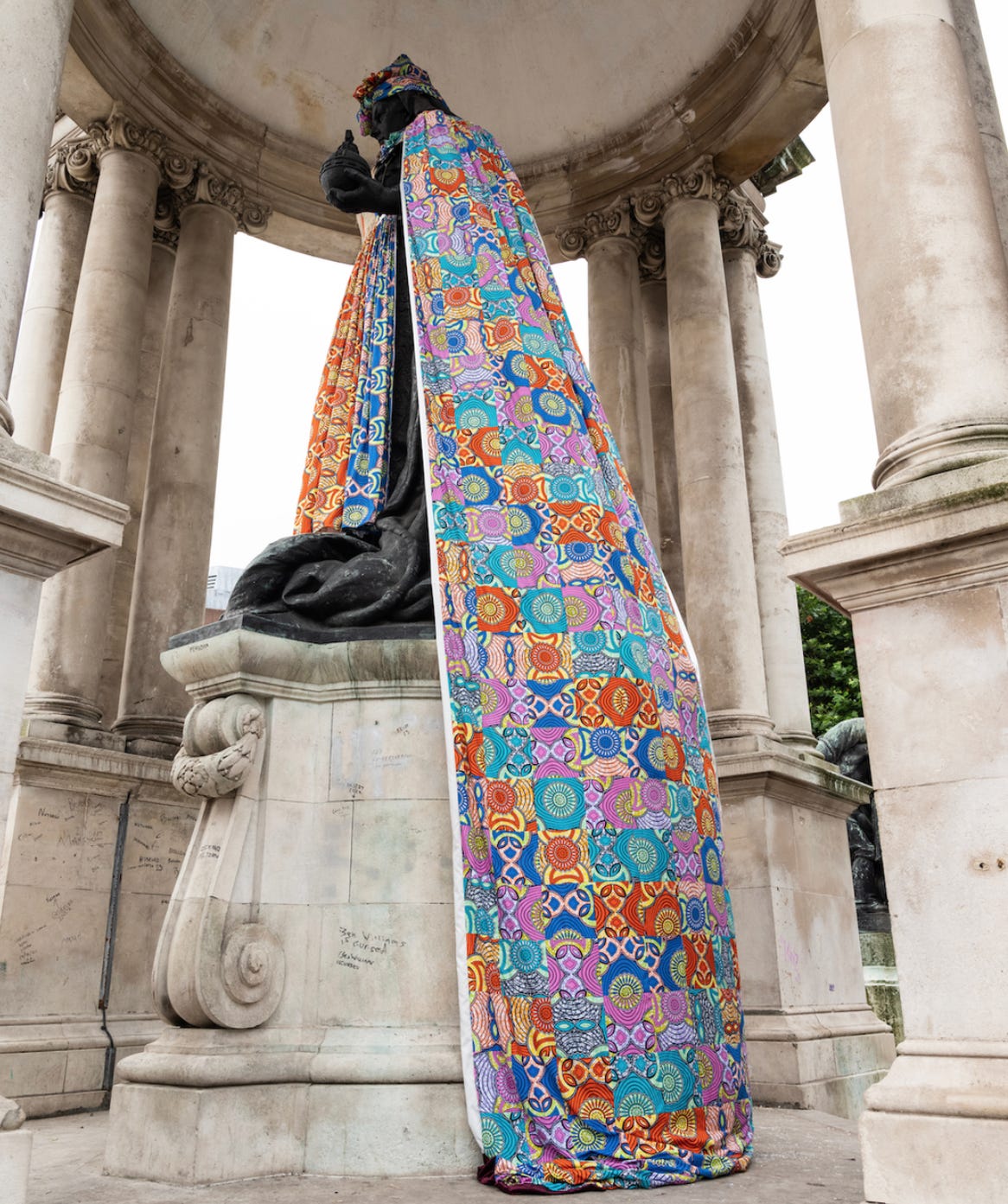5 November 2021. Internet | Statues
The things the internet has killed off. There’s more than one way to re-dress a statue.
Welcome to Just Two Things, which I try to publish daily, five days a week. (For the next few weeks this might be four days a week while I do a course: we’ll see how it goes). Some links may also appear on my blog from time to time. Links to the main articles are in cross-heads as well as the story.
#1: The things that the internet has killed off
I’m going to have turn my attention back to Facebook/Meta at some point, but let’s stop somewhere more interesting along the way.
Pamela Paul, the editor of the New York Times Book Review, has a book out of short cultural essays called 100 Things We’ve Lost to the Internet.
On LitHub—in a piece that’s probably been extracted from the introduction to the book—she reflects on the ambience of some of these things:
I started writing this book well before the coronavirus pandemic hit... Even without that viral nudge, one by one, objects, concepts, habits, and ideals that used to matter to us have fallen, sometimes with little more than a whisper, into the Internet.
It can be hard to retrieve what life looked like in the before. But take a moment to think back on something as unassuming as a Saturday morning, the slowness of lazing in bed quite certain you were missing nothing exciting, snuggling down under the blankets for yet another 15-minute snooze. You’d wake and stretch, relishing the quiet before anyone else got up, unimpeded by what was going on in other people’s heads. The outside world remained a distant concern, something for you to engage with only when you turned on the radio or stepped out the front door.
Inevitably, somewhere in all of this she needs to protest that she’s not against technology per se. (Actually she says she’s ‘not a Luddite’, which isn’t quite the same thing.)
But what this reminds me of is McLuhan’s Laws of Media. New media simultaneously both enhance or extend some capabilities, and obsolesce others. (They have some other effects as well). But it’s always easier to track the enhanced capabilities than to monitor the ones that are being obsolesced. The first is a bright shiny world of winners, the second a world of slow declines. In this respect a discursive book about some of these is a public service.
The website AARP cut her ‘100 Things’ down to ‘10 Things’, and shortened them, in an completely expected online sub-editor sort of a way.
Me? I’m obviously going to extract two of those things:
3. Uninhibitedness
How reassuring it was to know that however dreadful you were in the school play or however extravagantly you flubbed a presentation at work, you would never need to know how truly bad it was. After all, you would never see it yourself, and most people wouldn’t tell you the truth, even if you tried to coax it out of them. The stakes were lower before everything was a performance and all performances were uploaded to be shared and dissected for posterity.
8. Ignoring people
It was useful to pretend to have no idea someone was trying to reach you when you could actually get away with it. How could you have known? You were out, you were sleeping, you were busy, you were away, you had an emergency, you didn’t get the message and you are only just hearing about this now. It was possible and believable to be off the grid. Sorry! But the internet is insistent, and it doesn’t take no for an answer or even take a hint.
The Guardian also has an engaging interview with her.
(H/t Peter Curry).
There is more than one way of redressing a statue. I’ve missed the actual event, which ran from July to October, but the city of Liverpool invited artists to decorate the city’s statues—as in add clothing or garments to them, or in some cases, audio recordings. These are all colourful, and some of them are also cleverly subversive.
The project involved 20 artists and 50 statues. Fortunately, the catalogue is still online.
The headlining crowd-pleaser is probably the statue of the Beatles strolling through the Pier Head, but now with hats based on their songs. There’s a yellow submarine, inevitably (on Ringo). There’s Penny Lane (Paul); Help! (John); and Here Comes The Sun (George). The artist is Steven Jones.
(Statue by Andy Edwards, 2015. Image: Statues Undressed)
Elsewhere, the great former Liverpool FC manager Bill Shankly has been decked out by Nadia Atique with a super-hero’s cape.
Picking two others, completely not at random, the way that two of the city’s statues of Queen Victoria were re-dressed suggests the potential in this medium for subversion.
The equestrian statue of Queen Victoria outside of St George’s Hall was dressed by Peter Carney, Paula Johnson, Carmel Gittens and Emma Norbury, in the racing colours of Rachel Blackmore, the first woman jockey to win the notoriously tough Grand National, run annually at the nearby Aintree racecourse.
The names of the previous 19 women who competed in the Grand National were also woven into the banners.
(Statue by Thomas Thorneycroft, 1869. Image: Statues Undressed).
The other Victoria statue, at the Queen Victoria Monument in Derby Square, was re-dressed by the artists Karen Arthur and Laurence Westgaph. It’s made from cotton and hessian, in tribute to the cotton exports that made Liverpool prosperous during Victoria’s reign. Of course, much of that cotton was originally picked in the US by slaves, up until the American Civil War.
The patchwork design
pays homage to a handmade quilt gifted to Queen Victoria by Martha Ricks, a black woman who travelled from Liberia especially to meet her idol.
This piece, in particular, suggests the rich meanings that can be conjured through the use of materials and design.
(Statue by C.J. Allen, 1906. Image: Statues Undressed)
There’s much more here—I’ve hardly scratched the surface, and I recommend a browse through the images.
Sky made a programme about it which went out in October and there’s a story about the statues project on its website if you want to know more of the background.
Notes from readers: Tanja Hichert responded to the piece about Marianne Thamm’s South African road trip by recommending an article in New Frame about a Zimbabwean artist who has been collecting southern Africa’s history through the medium of vinyl—vinyl as in records. Kudzanai Chiurai’s ‘Library of Things We Forgot to Remember’ is a listening library in Johannesburg that hosts rare African records of music and political speeches.
j2t#201
If you are enjoying Just Two Things, please do send it on to a friend or colleague.




